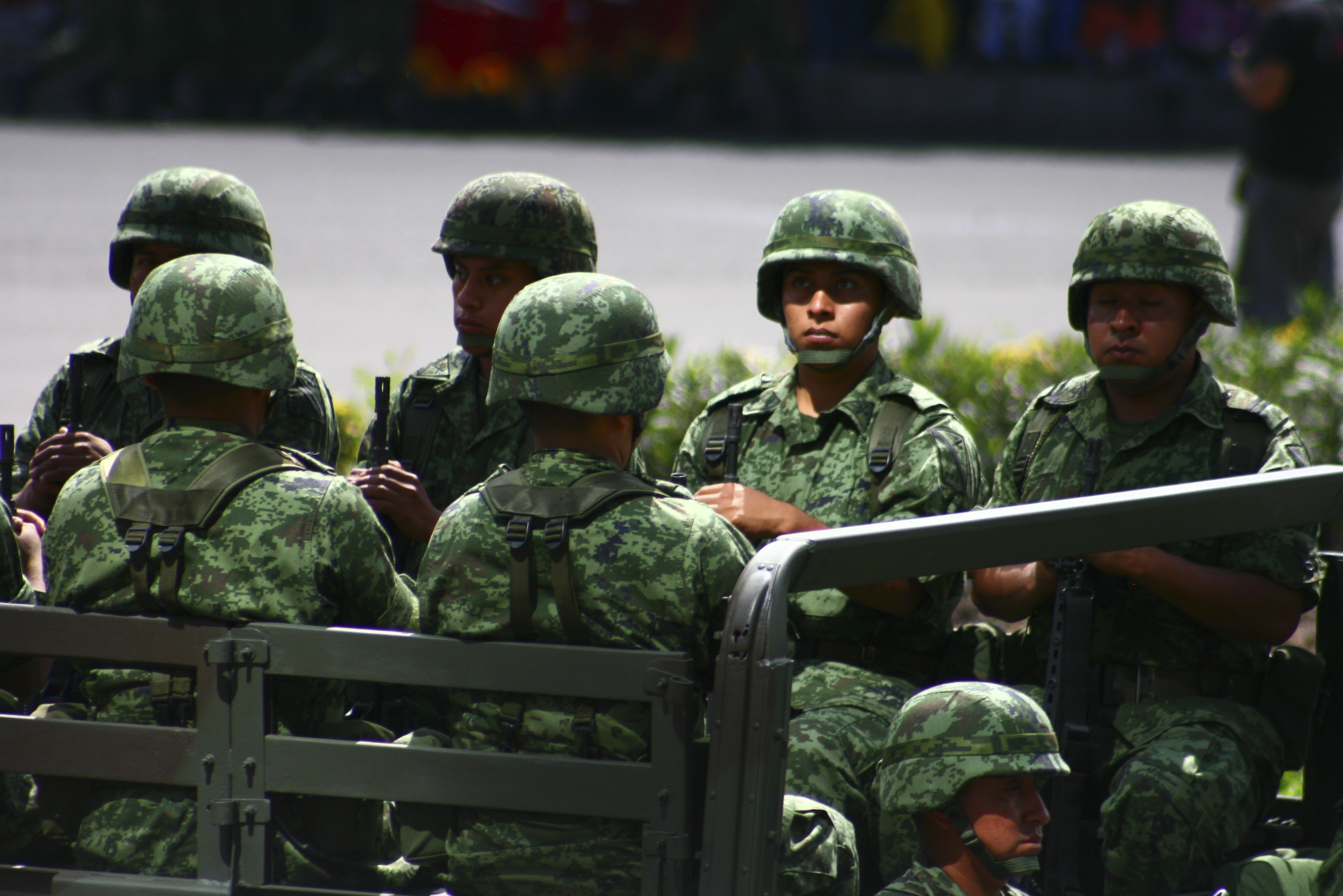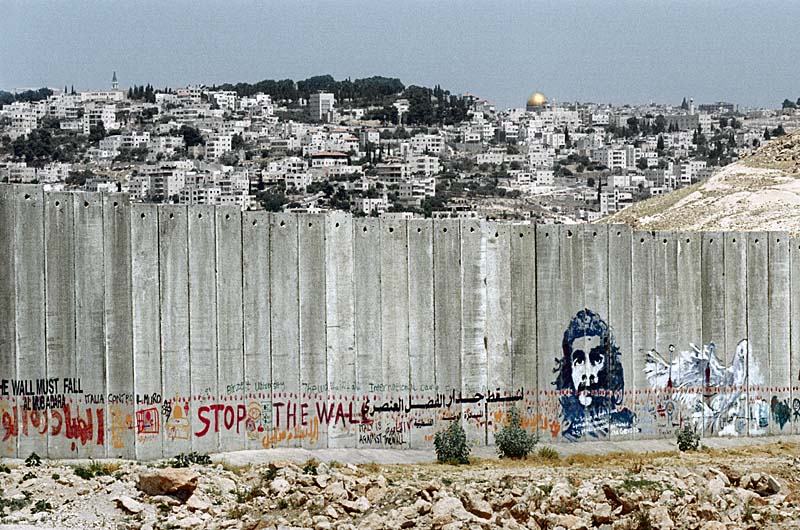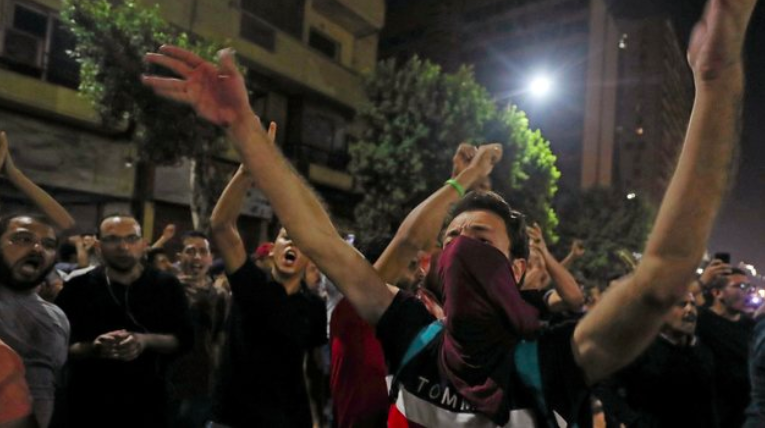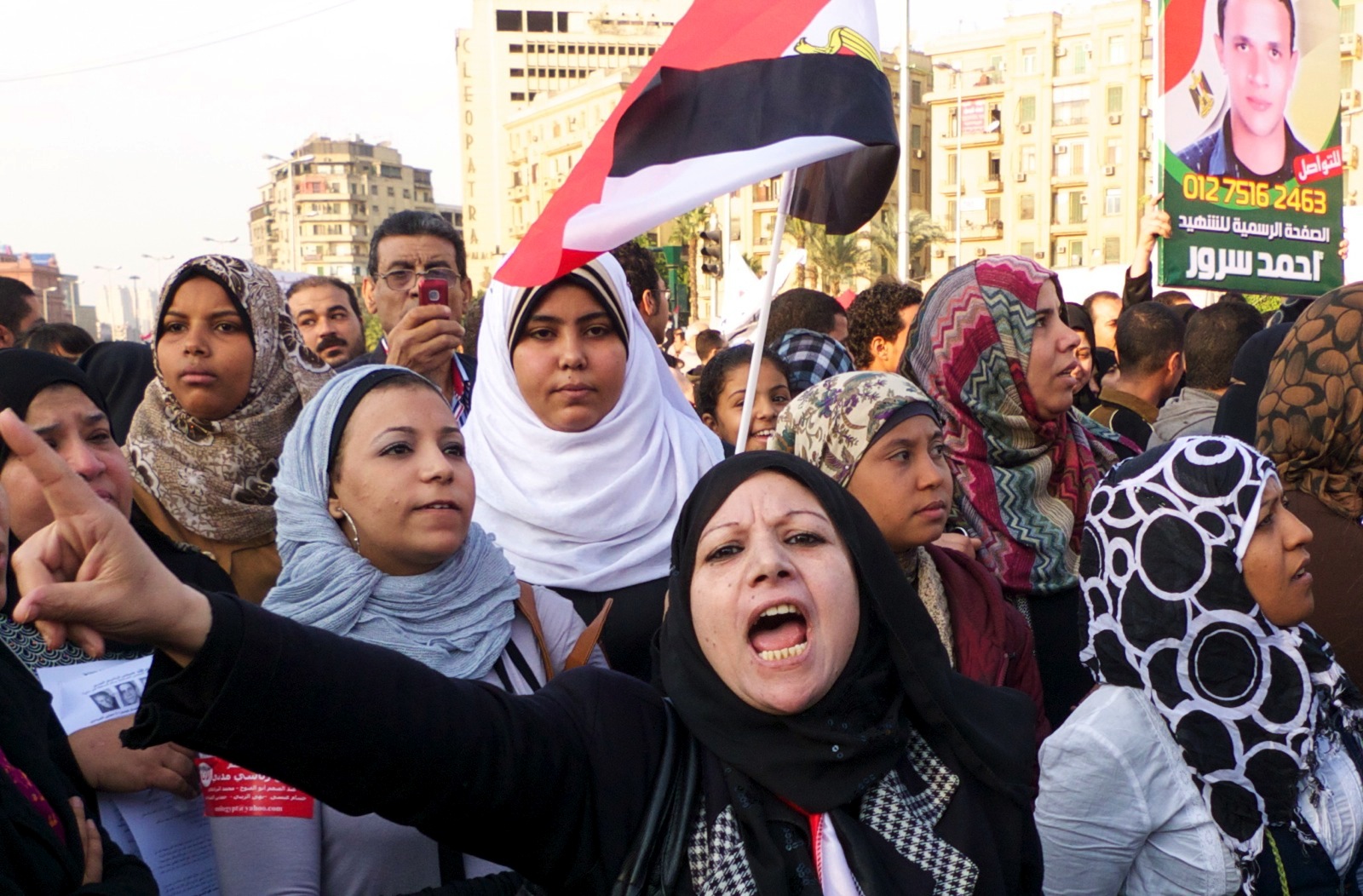
“Headless bodies found in Acapulco”. “Nine corpses found hanging from a bridge”. “3 bodies with skinned faces found in Mexico”. These headlines have become common since 2006 in Mexico; the brutality of the acts has been variously attributed to the “metastasis” and growth of drug trafficking, to its inherent violence, or simply to barbarism. As has occurred with the extreme violence committed by ISIL, what is often absent from public discussion is that such acts are not just caused by pure brutality but belong to a wider repertoire of violence. Traffickers sometimes publicly display violent attacks, such as hanged bodies, car bombs, and mutilations. Other times, they may simply hide violence, as was the case of the infamous “Pozolero”; an operative working for drug traffickers in Tijuana-Mexico, whose function, for over ten years, was to destroy bodies in acid to eliminate the evidence of violence.
In my research, focusing on the cities of Cali, Medellin (Colombia) and Ciudad Juárez, Culiacán and Tijuana (Mexico), I have analyzed why we see variation in types and levels of violence across major sites of drug trafficking, but also, why such violence is sometimes hidden while others it is visible. Visibility means acts where criminals expose the killings or claim responsibility for their attacks.
For trafficking organizations primarily motivated by profit, exposing violence entails a huge cost because it attracts state enforcement and media attention that are both detrimental for business. Furthermore, because traffickers often require the collaboration of state actors, exposing violence can endanger the connections traffickers have by forcing states to act against them. Yet, visible violence can boost the reputation needed to overpower rivals, or are useful if traffickers believe they can intimidate state officials into not enforcing the law. When then, would criminals display violence?
As I argue in a recently published article, criminals may expose violence, or abandon the extra steps necessary to hide it, when they don’t believe that the state will do an effective job in pursuing them, or when corrupt officials cannot guarantee them complete protection. This may happen when states are fragmented, because fragmentation complicates enforcement, and makes protection unreliable. In fragmented states criminals may count on many collaborative officials, but also face many willing to capture them.
And where does fragmentation come from? It often comes from institutional changes like democratization, from reforms or policy decisions that create conflicts among enforcement agencies (such as deploying the military in antinarcotic operations), or from conflicts between government levels. For example, since 2008 Ciudad Juárez witnessed an explosion of violence with homicide rates increasing by over 700% in just one year as the Sinaloa cartel entered into the territory of the Carrillo Fuentes (or Juarez) organization that had controlled the city for over two decades. Strikingly, violence not only skyrocketed but became very visible as criminals claimed responsibility for beheadings, threatened and killed public officials, and carried out massacres, in contrast to the silent disappearance of people that prevailed in the early 1990s. This radical transformation resulted from state fragmentation associated with military deployments and from constant conflicts between Mayor, Governor, and President.
Recent research on terrorist attacks shows that violence can become extreme -like the beheadings carried out by ISIL- when several groups compete and thus use violence as a branding strategy. Yet for traffickers, unlike terrorist groups, competition can lead to violence that remains hidden because the price of attracting enforcement attention is higher (losing business), especially when traffickers fear the state or are reliably protected by it. Cali and Culiacán illustrate this possibility: two cities with criminal groups that competed with one another but colluded with centralized state actors, for decades experienced homicide rates clearly surpassing national rates, but received significantly less public attention than their more violently visible counterparts, Medellín or Ciudad Juárez.
Given the benefits of this research, we cannot assess a group’s behavior or the character of violence by simply looking at the most visible events. Based on a dataset I constructed analyzing 6497 news reports of drug violence in the five cities, it is interesting to note that visible acts represent a small proportion of violence. In fact, actions that are often ignored, such as simple shootings, represent the majority of drug violence in this dataset (87% of these events produced only one victim, making them even less visible). Highly visible actions, more likely to generate public outrage, such as mutilated corpses displayed with notes, represent a very small proportion of violence.
Analyzing the state structure in which anti crime and anti-narcotics operations take place is crucial to understanding why such operations may increase violence. As recent research shows, anti-crime interventions can worsen public security when they don’t target violent criminals, or when they generate internal and external organizational fragmentation by focusing on criminal kingpins. My argument further suggests that state structure – not just the design of anti-crime operations – may determine how effective enforcement operations are, and whether the violence they may generate can go underground or become public. This means, for example, that states in the process of democratizing need to be cautious in planning anti-crime interventions if they don’t want them to backfire as occurred in Mexico when President Felipe Calderón declared war against trafficking organizations and initiated massive military deployments.
Finally, we should not equate apparently peaceful conditions with the absence of violent criminality, as these may actually be situations where one criminal group has established a state-protected monopoly of illegality and prefers to hide violence. Violence-reduction policies thus should not stop when the most visible violence has decreased.
Angélica Durán-Martínez is an Assistant Professor in the Department of Political Science at the University of Massachusetts-Lowell.







1 comment